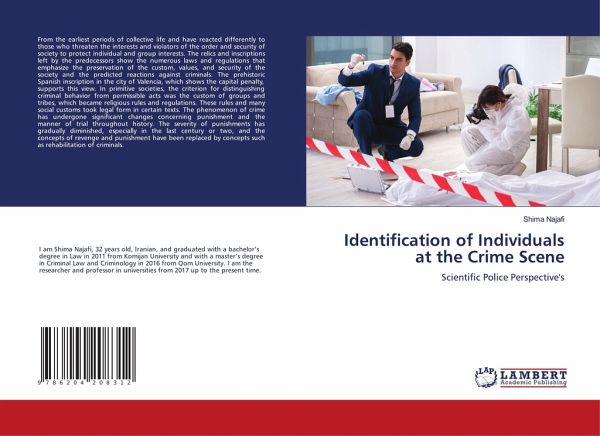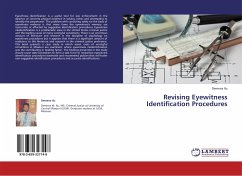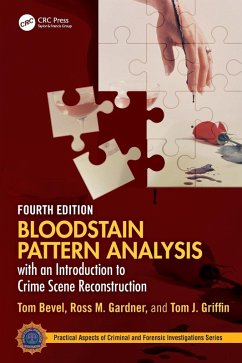
Identification of Individuals at the Crime Scene
Scientific Police Perspective's
Versandkostenfrei!
Versandfertig in 6-10 Tagen
36,99 €
inkl. MwSt.

PAYBACK Punkte
18 °P sammeln!
From the earliest periods of collective life and have reacted differently to those who threaten the interests and violators of the order and security of society to protect individual and group interests. The relics and inscriptions left by the predecessors show the numerous laws and regulations that emphasize the preservation of the custom, values, and security of the society and the predicted reactions against criminals. The prehistoric Spanish inscription in the city of Valencia, which shows the capital penalty, supports this view. In primitive societies, the criterion for distinguishing cri...
From the earliest periods of collective life and have reacted differently to those who threaten the interests and violators of the order and security of society to protect individual and group interests. The relics and inscriptions left by the predecessors show the numerous laws and regulations that emphasize the preservation of the custom, values, and security of the society and the predicted reactions against criminals. The prehistoric Spanish inscription in the city of Valencia, which shows the capital penalty, supports this view. In primitive societies, the criterion for distinguishing criminal behavior from permissible acts was the custom of groups and tribes, which became religious rules and regulations. These rules and many social customs took legal form in certain texts. The phenomenon of crime has undergone significant changes concerning punishment and the manner of trial throughout history. The severity of punishments has gradually diminished, especially in the last century or two, and the concepts of revenge and punishment have been replaced by concepts such as rehabilitation of criminals.












